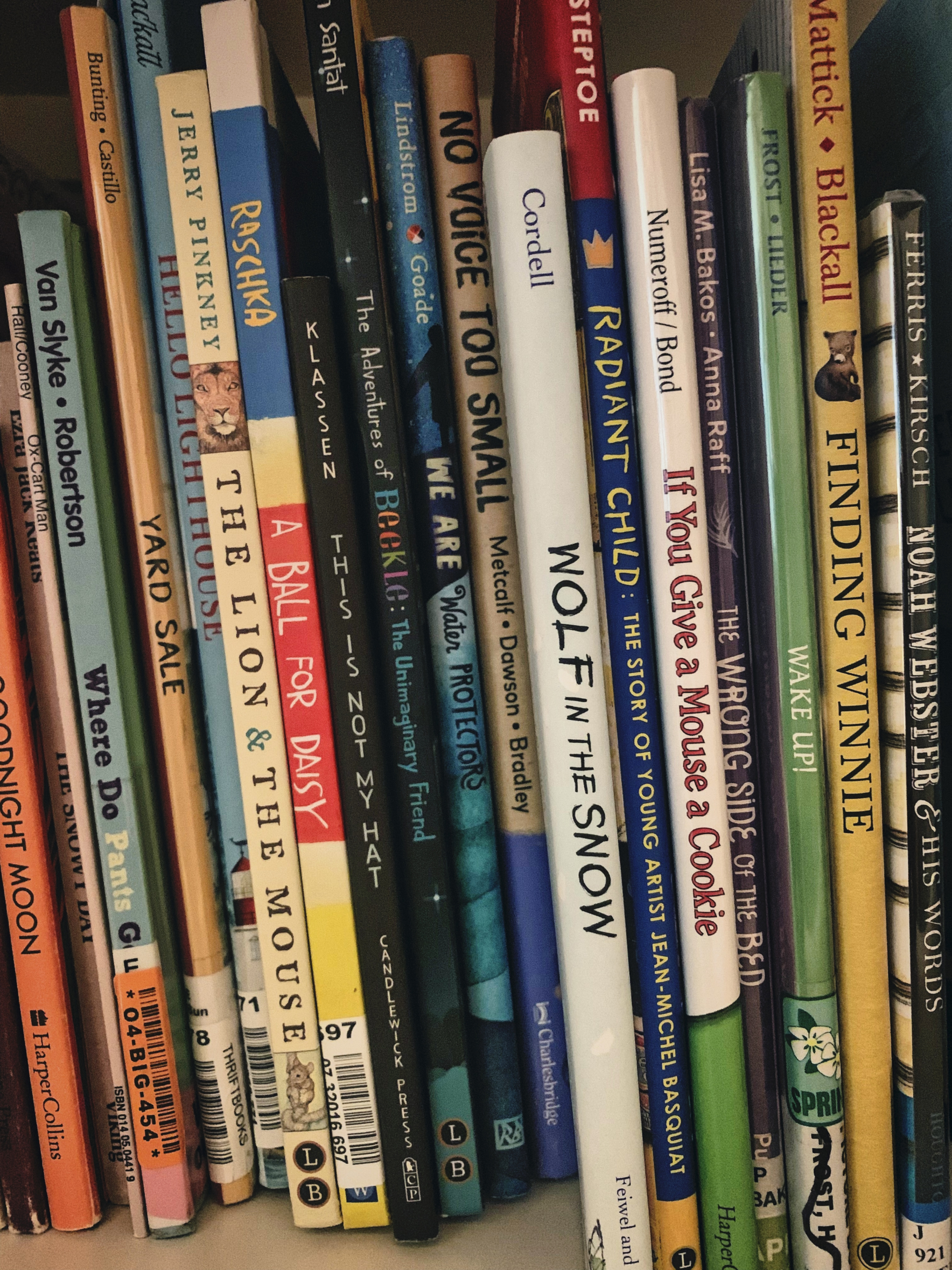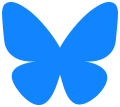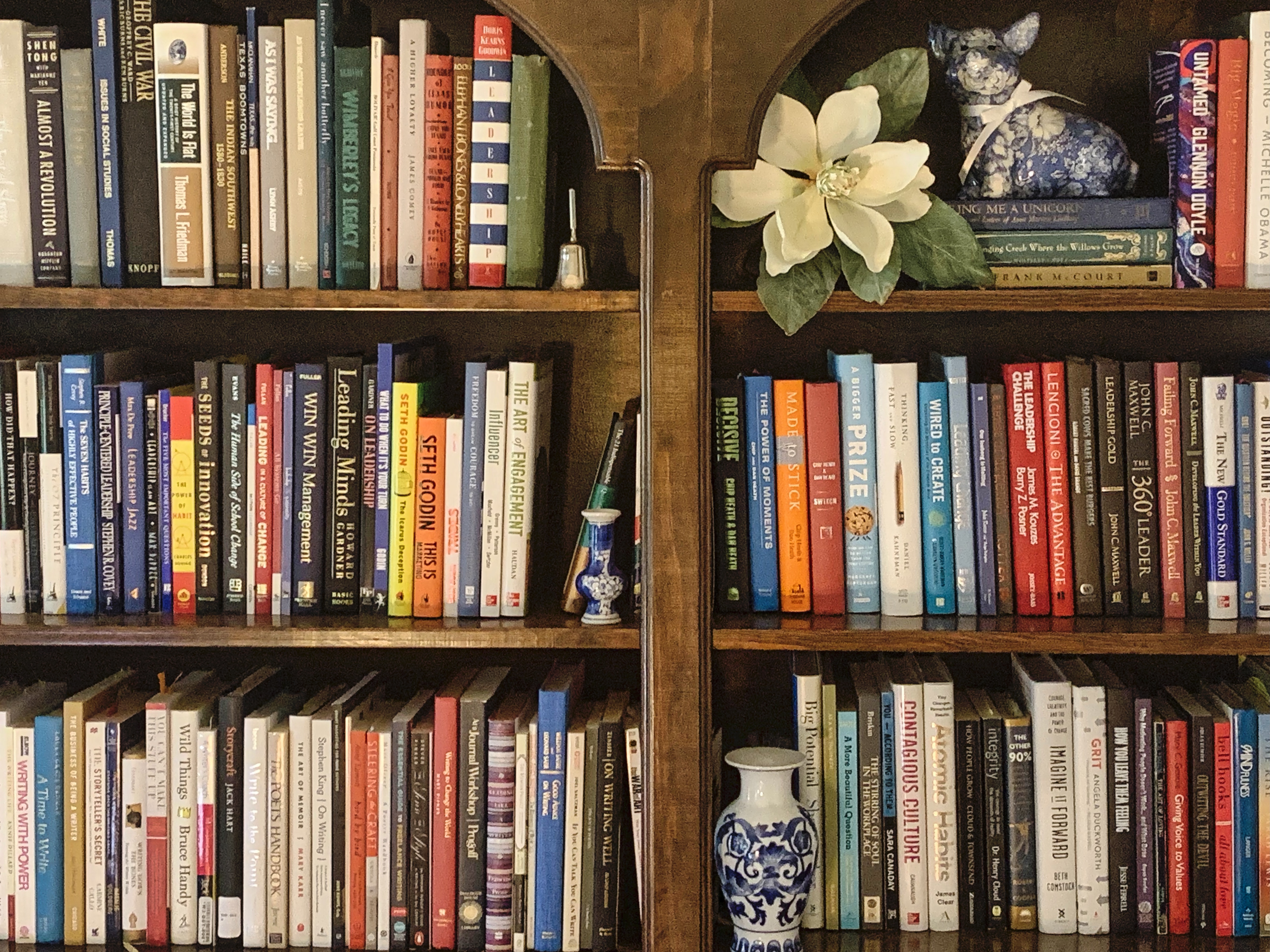I can’t help myself. If the headline tells me I have a chance to add more books to my reading list, I will fall in every time.
Read the best books first, or you may not have a chance to read them at all.
—Henry David Thoreau (A Week on the Concord and Merrimack Rivers, 1849)
How did all of this start?
In high school, we received a list of about ten books to read over the summer. I still have some original copies—classics like Animal Farm, Huckleberry Finn, and To Kill a Mockingbird.
I enjoyed most of the books assigned to us, but to this day, I find Mortimer Adler’s How to Read a Book a tedious task. As an English major and teacher, I should hold the book in reverence, but alas—I cannot.
However, Adler offered an insight worth sharing.
In the case of good books, the point is not how many of them you can get through, but rather how many can get through to you.
― Mortimer J. Adler
Perhaps, this addiction began even sooner with stories in our grade-level reader. When I received the “reader,” the first thing I did was flip through the table of contents and spot the titles of stories that captured my attention. You were not allowed to “read ahead.” Oh no, never read ahead.
My fetish for book lists and any article promising adventures in the world of words has only grown over the years. As much as I relish a good list, I never create my own “What I’m Reading” post, except for the twenty books that supported my journey to what matters.
Samantha and Christina nudged me through the May Writing Experience.They both reminded readers of the connection between reading and writing.
Want to become a better writer? Begin with a good book.
If you read good books, when you write, good books will come out of you. Maybe it’s not quite that easy, but if you want to learn something, go to the source. … Dogen, a great Zen master, said, “If you walk in the mist, you get wet.” So just listen, read, and write. Little by little, you will come closer to what you need to say and express it through your voice.
—Natalie Goldberg, Writing Down the Bones: Freeing the Writer Within
How I choose books and a new list.
My selection of books ranges from random to obsessive. Random in that I may see a title on Book Bub or while searching for something else on the internet.
Obsessive when I grab hold of a topic and a good writer and then search their list of references to find every book related to their work. Brené Brown, Shawn Achor, and Natalie Goldberg sent me on a book binge.
 To add an element of intentionality to my reading. For example, one year I created a book list centered on my word for the year—hope—and twelve related themes: words, love, wisdom, nature, discovery, belonging, wholeness, story, harmony, courage, and kindness. You may not see the connection between them, but I considered each an element of how I sought to build hope in myself and others.
To add an element of intentionality to my reading. For example, one year I created a book list centered on my word for the year—hope—and twelve related themes: words, love, wisdom, nature, discovery, belonging, wholeness, story, harmony, courage, and kindness. You may not see the connection between them, but I considered each an element of how I sought to build hope in myself and others.
Each theme includes a representative book in non-fiction, fiction, and writing craft. Along the way, I pick up new titles. Life and books should always retain a sense of serendipity.
What I’m reading now.
Nature
My theme on nature led me to Enric Sala’s The Nature of Nature. Between his work on biodiversity and the wisdom of indigenous peoples mingled with science from Robin Wall Kimmerer’s inspiring Braiding Sweetgrass, I have unearthed a deeper appreciation and concern for the natural world.
Knowing that you love the earth changes you, activates you to defend and protect and celebrate. But when you feel that the earth loves you in return, that feeling transforms the relationship from a one-way street into a sacred bond.
—Robin Wall Kimmerer* * *
If life on Earth is a miracle, what life does is still an even more wondrous miracle…We have learned enough about the nature of nature to know that every living being on our planet, including ourselves, is linked in complex and inextricable ways to other living beings, no matter where their home is.
—Enric Sala
Fiction
A single trip to Italy sealed my permanent love of the country, language, and people. I came across These Tangled Vines by Julianne MacLean, set in Tuscany, promises me adventure, a love story, and insight into the meaning of family. My copy arrives soon, so I’m hoping to find myself whisked away.
Personal Stories
My day begins with one or two stories from All These Wonders, a book filled with the life experiences told at The Moth. Founded in 1997, this non-profit organization advances the craft of storytelling in front of live audiences.
Ordinary, famous, and courageous individuals have five minutes to engage, inspire, and entertain through old-fashioned storytelling. When I finish this volume, I have Occasional Magic waiting on the shelf.
“When we dare to listen [to storytellers]. We remember that there is no “other,” there is only us, and what we have in common will always be greater than what separates us.”
—Catherine Burns, Artistic Director, The Moth
Permaculture
We live on two acres where we can easily garden, compost, and share nature with birds, fish, rabbits, deer, and our underground nemesis, the moles. I want to learn more about protecting and restoring ecosystems, so I searched for the best resources.
In Gaia’s Garden, Toby Hemenway will teach me about home-scale permaculture. My efforts may not change the world, but what if all of us took small steps every day to restore, respect, and protect our environment?
Craft Books
 Before and after my children outgrew picture books, I have read, collected, and used them to teach students of all ages. I’ve been working (with a manuscript) my way through Ann Whitford Paul’s excellent guide to Writing Picture Books.
Before and after my children outgrew picture books, I have read, collected, and used them to teach students of all ages. I’ve been working (with a manuscript) my way through Ann Whitford Paul’s excellent guide to Writing Picture Books.
To learn the style of any genre, you must read books—many books. My local library and bookstores add to my collection and study.
I found a used copy of Making Your Own Days: The Pleasures of Reading and Writing Poetry. Kenneth Koch’s Rose, Where Did You Get That Red, dramatically changed how I taught and read poetry with young people. While I’ve dabbled in poetry since I was a child, I thought it was time to go back to this teacher—you’re never too old to expand your poetic skills.
Images
My first camera, a Kodak Brownie, initiated a life-long journey into capturing life. Taking my photography to a new level, I’ve become involved in a couple of online groups, sharing my photos and learning from professionals and amateurs like myself.
A photographer recommended Joel Meyerowitz and his book, How I Make Photographs. Filled with Joel’s street photographs, this one requires a slow read to examine his work and learn from his straightforward approach to his art.
You press that button, and you’re saying, YES. Yes, I saw that. Yes, I want that.” When you look at your photographs later on you’ll begin to see that during the course of that day you were saying “yes” to a lot of different things, But when you add them up, those different photographs give you a sense of your identity.
—Joel Meyerowitz
Feeding the Muse
Read. Write. Repeat.
Correction. Read. Live Life. Write. Repeat. The order of those tasks may vary, but my muse requires constant feeding. Many people complain about being bored. I don’t have time for boredom, especially with the insatiable appetite of my creative muse.
Excuse me—time for a feeding.
And always—
Be kind. Be brave. Be you.
Photos: Kathryn LeRoy



Leave A Comment